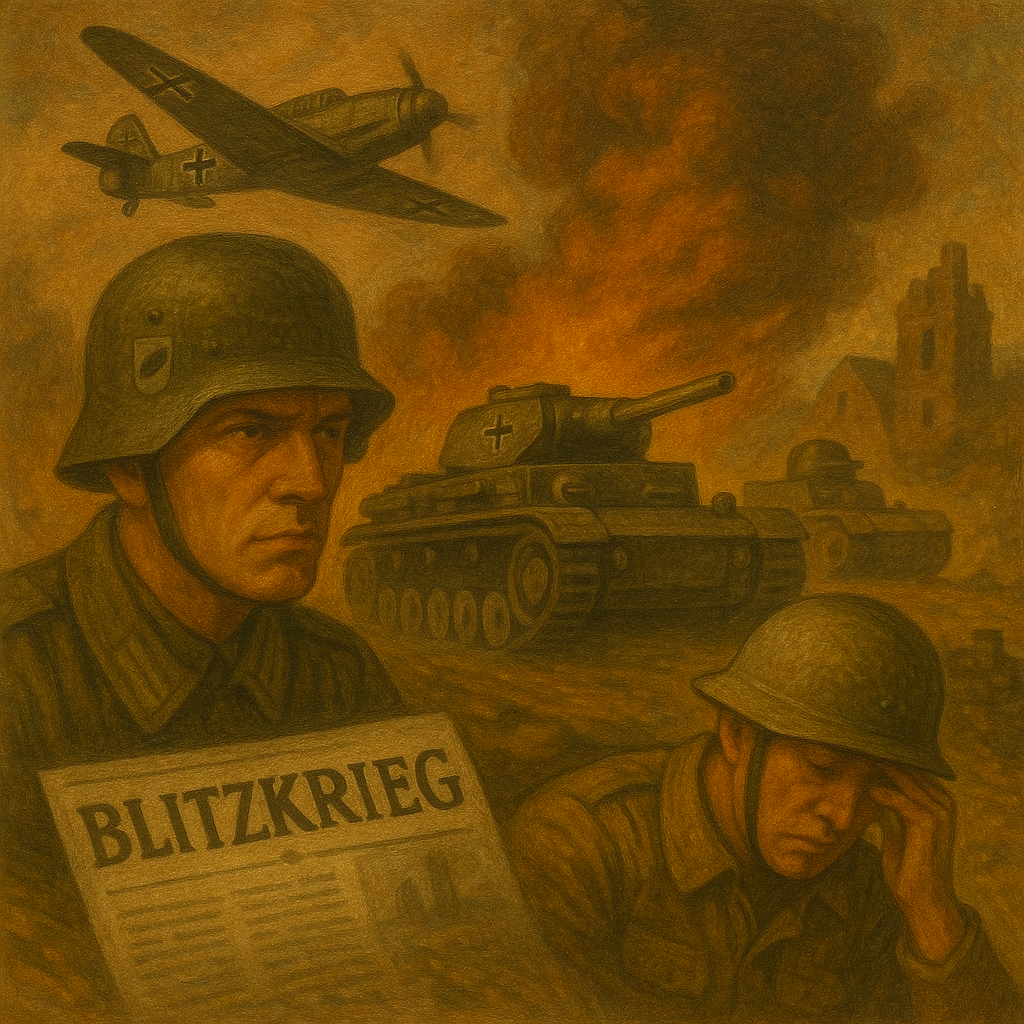Lesson 2: World War II (World War II)
💥 The War Begins
World War II started in 1939. Germany, led by Adolf Hitler, wanted more land and power. First, Germany took Austria and part of Czechoslovakia. Then on September 1, 1939, Germany invaded Poland. This made Britain and France say, “Enough!” and they declared war.
Soon, Italy joined Germany. Japan was already attacking parts of Asia. These three countries—Germany, Italy, and Japan—became the Axis Powers.
🧠 Interesting Fact: In just 6 weeks, Germany defeated France, one of the strongest countries in Europe. The French army had more tanks—but Germany had faster tactics, called Blitzkrieg (“lightning war”).
🧊 Final Years of the War in Europe
At first, it seemed like Germany would win. But by 1942, the Allies (Britain, the Soviet Union, the USA, and others) started fighting back.
The Battle of Stalingrad
In 1942–1943, Germany tried to take Stalingrad in the Soviet Union. It was one of the deadliest battles in history. The cold weather, lack of food, and strong Soviet defense made Germany lose.
❄️ Story: Some German soldiers froze in place because it was so cold, and their guns wouldn’t work in the snow.
D-Day
On June 6, 1944, Allied soldiers landed in Normandy, France. This was called D-Day. It was the start of taking back Western Europe from Hitler.
🪖 Fact: Over 150,000 soldiers landed on the beaches. Many were seasick before the fight even began.
🏁 The End
In April 1945, Hitler killed himself in his bunker in Berlin. On May 8, 1945, Germany surrendered. People celebrated across Europe—this day is called V-E Day (Victory in Europe Day).
🌊 War in Asia and the Pacific
Japan had already invaded China and wanted to control all of Asia and the Pacific. In 1941, Japan surprised the USA by bombing Pearl Harbor, a naval base in Hawaii.
💣 Story: It was a quiet Sunday morning when Japanese planes flew in. Many American sailors were still sleeping. Over 2,400 people died.
After this, the USA joined the war.
🏝️ Island Hopping
The USA and its allies began "island hopping", taking back one island at a time from Japan. The fighting was hard and bloody.
The Atomic Bomb
In August 1945, the USA dropped two atomic bombs on Japan—first on Hiroshima, then on Nagasaki. The bombs caused massive destruction and killed thousands. On August 15, Japan surrendered.
⚠️ Story: One man, Tsutomu Yamaguchi, survived both atomic bombs. He was in Hiroshima on a work trip and went home to Nagasaki—just in time for the second bomb. He lived until 2010.
